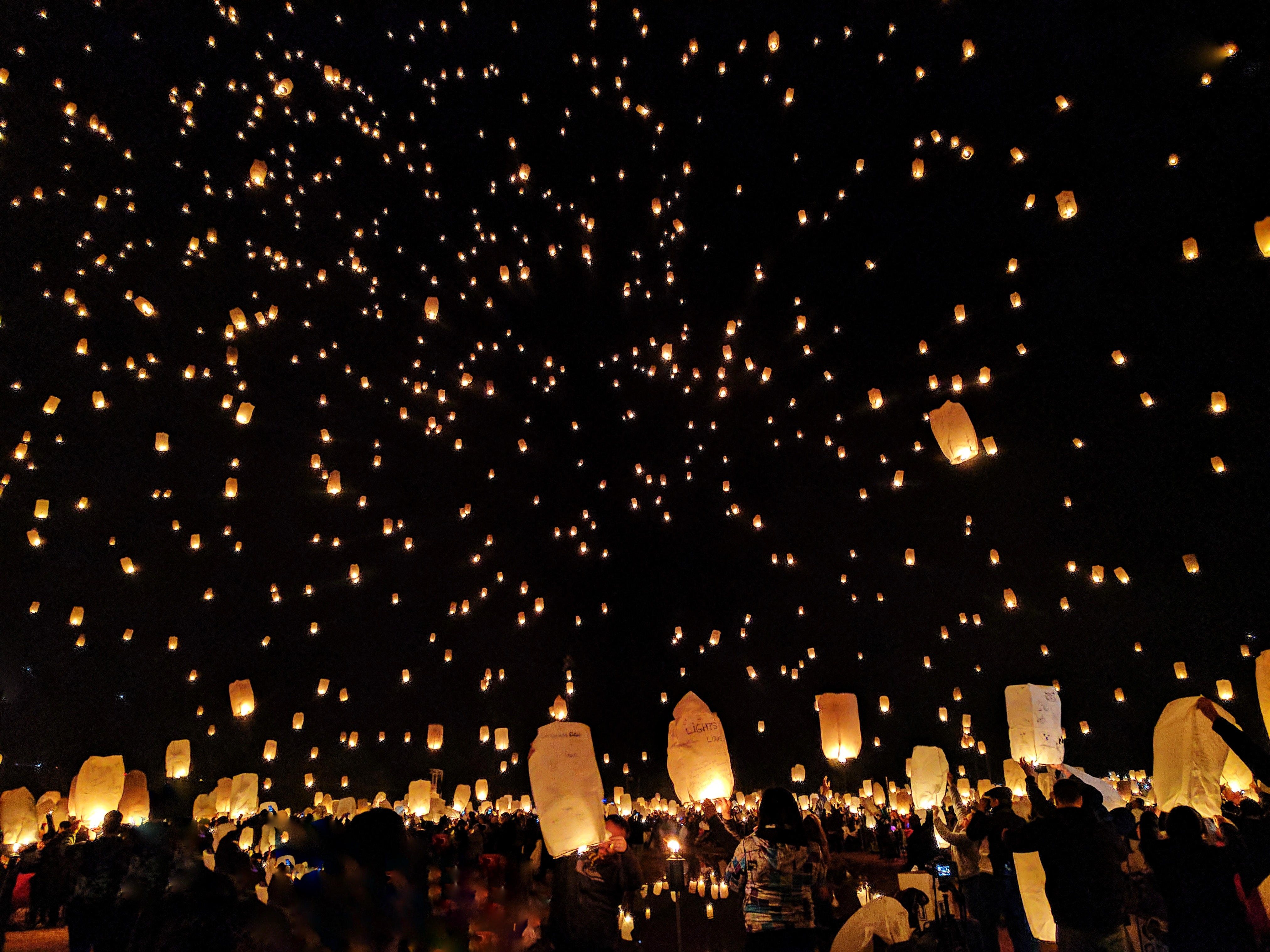Welcome back to part two of spookiest traditions across the world. This week, let’s take a look at some of the most interesting rituals people celebrate in Asia, Africa and Australia.
First on the list is the Halloween Parade in Tokyo, Japan. According to Contiki.com, every year on Oct. 27, the Kawasaki Halloween Parade floods the streets with people donning outrageous costumes ranging from zombie queens to creepy teddy bears in celebration of the spooky season.
For those who are interested in ghosts, try feasting with them in China on Teng Chieh, also known as the Feast of the Hungry Ghosts. This tradition takes place on the 15th night of the 7th Chinese calendar month and involves lighting bonfires and lanterns as well as giving food offerings to guide dead relatives who are returning to our world for this special night. This celebration is important as it connects people to their ancestors and gives them a chance to repay them for the guidance and protection they have provided to their families.
Continuing on with the theme of ghosts, in Cambodia, people celebrate both the dead and the elderly on the Buddhist holiday Pchum Ben. This event entails people sharing delicious treats like sweet, sticky rice on banana leaves, as well as visiting temples to offer up fresh flowers to pay respects to their dead ancestors and honor those who are still alive.
Now traveling from Asia to Africa, there’s a rich history of spooky celebrations from the northern area closest to the Middle East all the way down to the tip of the continent.
To start with, the Egungun festival in Nigeria is something quite spectacular. According to Face2FaceAfrica.com, this festival is celebrated by the Yoruba people from mid-autumn to April before the annual rain comes. This is a special time for people to remember key individuals who have passed away that year and that they are not forgotten by the living. Egungun is a Yoruba word that refers to the masqueraders who take over the streets and dance to the tune of skilled drummers. Masqueraders are people who are believed to be chosen by the gods and are given special powers to communicate with the dead and please the ancestors. And for this festival, they are dressed in elaborate and colorful outfits and masks while dancing to honor the dead. They, along with the parade, are led by the Chief Priest, who invokes the spirits during this celebration.
Going a little further west, the Junkanoo festival in Ghana is something to look forward to for the spookiness, despite its cultural roots being far from the Halloween that most people know. Beginning in 1709, the festival was held in honor of John Kenu, who was known to Germans and Dutch as John Cani and to the British as John Conny, for defeating the Dutch who took control over the Ahanta land and sold them to slavery. The masqueraders are there to make people laugh with their hideous masks, which are made to resemble the white people who mocked them for so long.
Down in Madagascar, the Famadihana festival, also known as the “Turning of the Bones,” is an intriguing celebration of death that only happens once every seven years. It involves dancing with the dead, along with many rituals that are performed by the heads of families to honor loved ones who have died. Along with these festivities, the families are expected to open up burial grounds and crypts and change the wraps their deceased relatives are in to keep them clean and to connect with the dead.
Moving down close to the South Pole, Australia has its fair share of Halloween-specific traditions in which it might be interesting to partake. For example, taping an orange balloon to your mailbox means that your house is trick-or-treat friendly. Or if one really despises Halloween, people will spray children with water spray bottles who dare come up to and knock on their door. In Sydney, there is an infamous older woman who not only kept the spray bottle by the front door; she also had a backup bucket of water to throw at children who did not listen to her when she told them to go away.
The world is full of spooky traditions of which many might not be aware. While most of these might not be everyone’s cup of tea, others could be a great opportunity to understand other cultures by trying them out at home.




